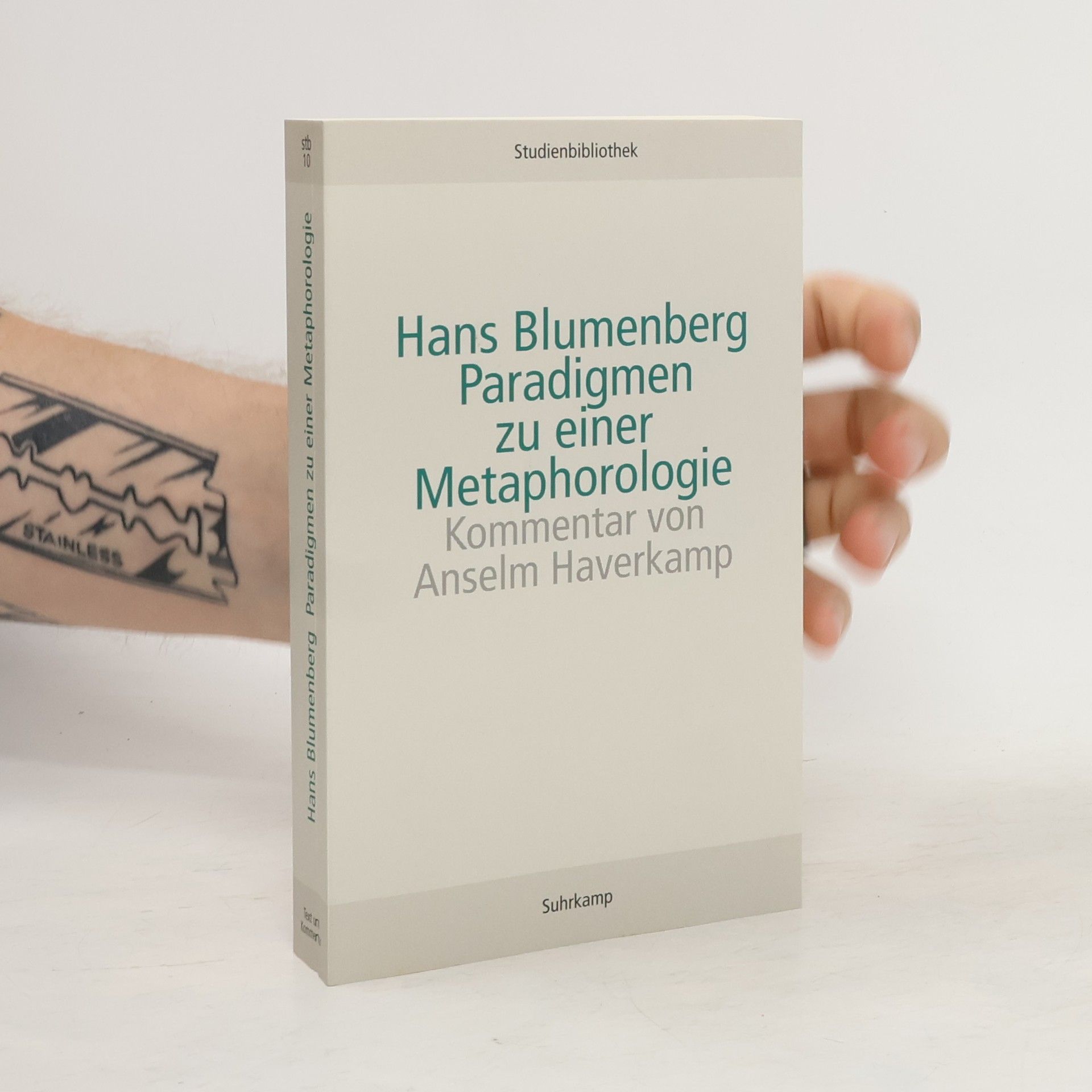Philosophie de la métaphore
- 218pages
- 8 heures de lecture
"Si l'on reconnaît que la métaphore n'est pas un simple ornement du langage et que l'histoire de la pensée philosophique et scientifique s'est nouée autour de certaines "métaphores directrices" et de leurs changements de sens, il faut réviser notre image habituelle des rapports entre rhétorique et pensée conceptuelle, parcourir à nouveaux frais k cours de notre tradition et envisager autrement la succession des grandes métaphysiques. À cet égard, la pensée de Hans Blumenberg offre des instruments essentiels. Anselm Haverkamp et Jean-Claude Monod se sont attachés tout à la fois à éditer, situer et commenter les travaux de Blumenberg, tout en leur donnant des prolongements personnels. Ces prolongements et développements ne concernent pas seulement la réflexion sur la "métaphore absolue", telle que la "métaphorologie" de Blumenberg l'a illustrée, mais aussi l'histoire de la rhétorique et de la poétique, les moyens d'expression de la philosophie, les limites de la phénoménologie et les impasses de "l'histoire de l'être" heideggérienne, la portée anthropologique du mythe, les transformations de la mimèsis. Sont ici rassemblées des contributions de deux philosophes qui, l'un et l'autre, ont "pensé avec" Blumenberg."--Page 4 of cover.

